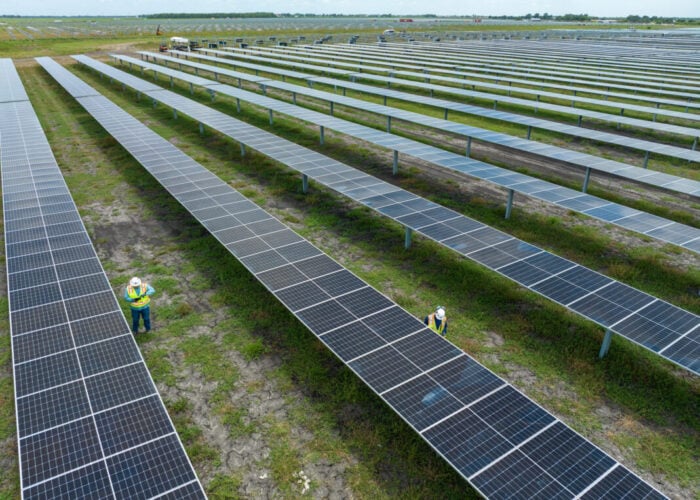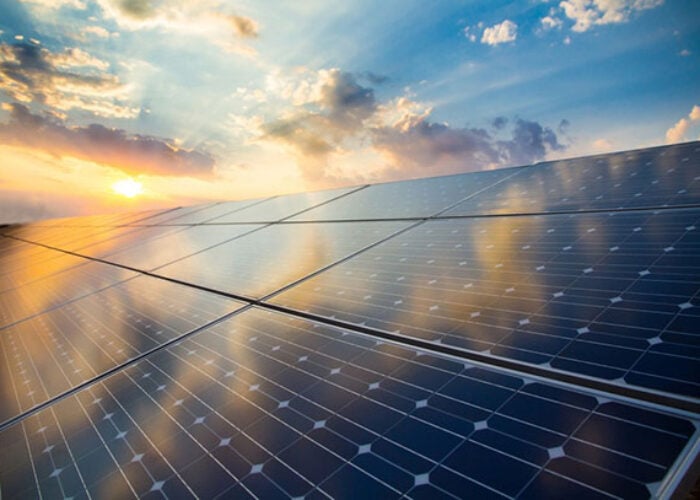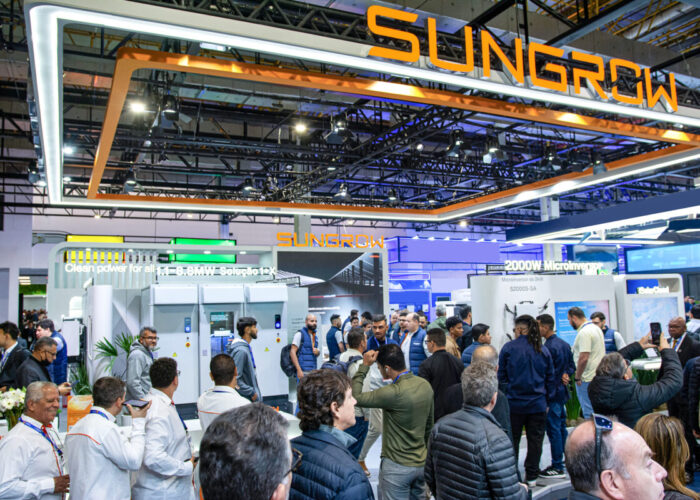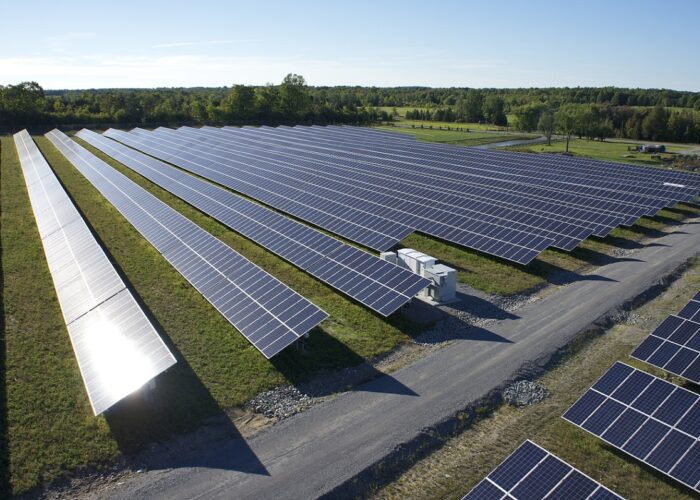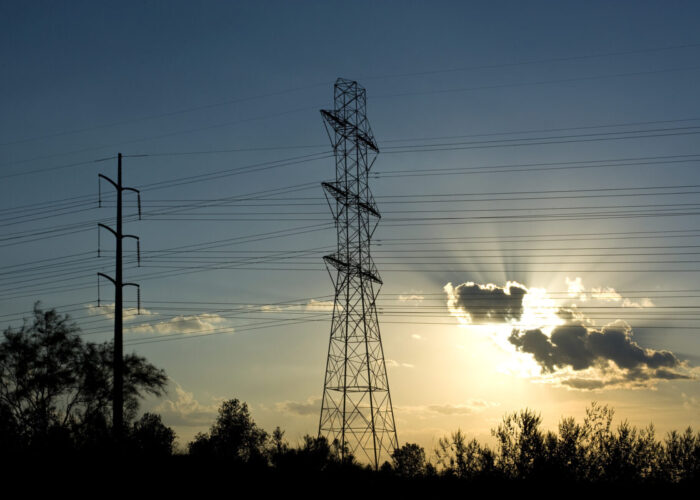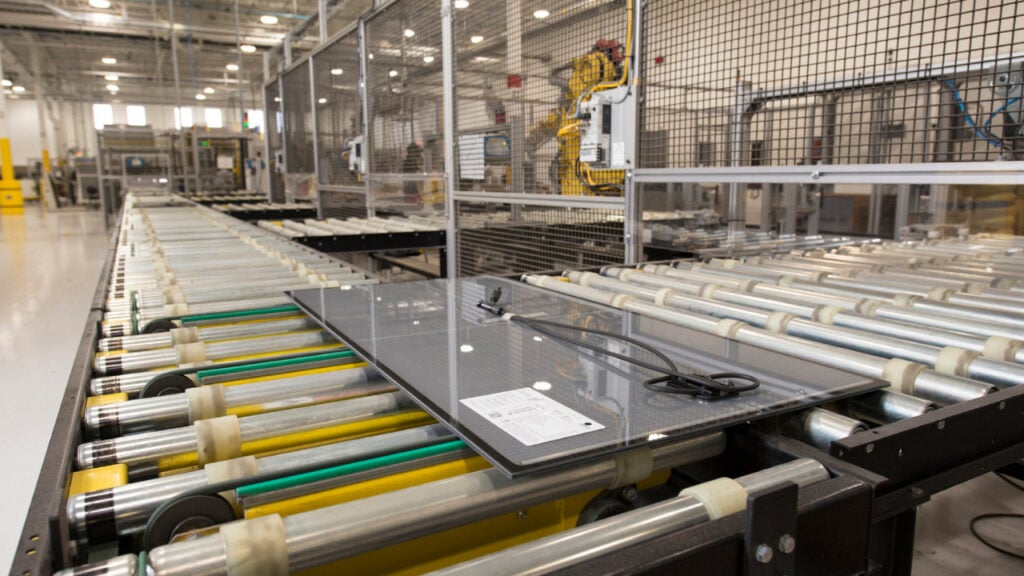
Last month, two US representatives submitted a resolution to overturn a recent internal Revenue Service (IRS) decision on the 45X Advanced Manufacturing Production Tax Credit, a crucial piece of the US’ Inflation Reduction Act (IRA) that has sought to encourage greater clean energy manufacturing in the US.
The proposed resolution received support from both sides of the aisle, with Michigan Republican John Moolenaar and Maine Democrat Jared Golden introducing the bill, and while this does not seek to remove the 45X credit entirely – only challenge an implementation decision reached by the IRS and the Treasury in October – any disruption to the US’ rapidly-expanding clean energy manufacturing sector is notable.
Unlock unlimited access for 12 whole months of distinctive global analysis
Photovoltaics International is now included.
- Regular insight and analysis of the industry’s biggest developments
- In-depth interviews with the industry’s leading figures
- Unlimited digital access to the PV Tech Power journal catalogue
- Unlimited digital access to the Photovoltaics International journal catalogue
- Access to more than 1,000 technical papers
- Discounts on Solar Media’s portfolio of events, in-person and virtual
According to the Solar Energy Industries Association (SEIA) and Wood Mackenzie, solar manufacturing capacity in the US has nearly quadrupled in the two years since the passage of the IRA, and when asked about the recent introduction of the Moolenaar and Golden bill, representatives from both the Solar Energy Manufacturers for America (SEMA) Coalition and Clean Energy Associates (CEA) were quick to point out that this bill does not, and should not, represent a threat to the 45X in its entirety.
“This is not a bill to repeal the 45X,” Mike Carr, SEMA Coalition CEO, said to PV Tech Premium. “This resolution would overturn Treasury’s final rule for the 45X Advanced Manufacturing Production Tax Credit, resulting in uncertainty. The 45X final rule provides the sector with certainty about who gets these tax credits and how as manufacturers look to make major investments.”
“Rep. Moolenaar has issued a press release stating that his aim is to get a new rule that would prevent companies associated with the Chinese government from accessing the Section 45X credit,” agreed Christian Roselund, senior policy advisor at CEA, who also spoke with PV Tech Premium. “Moolenaar has also sponsored legislation to restrict access to the Section 45X credits through changing the text of the law.”
Limiting overseas influence
This distinction is significant, as Carr suggested the 45X is an important instrument in levelling the playing field between US solar manufacturers and their Chinese counterparts, the work of which he said have been “heavily subsidised” by the Chinese government. Carr noted that the SEMA Coalition “stands ready to help … efforts to restrict access [to the 45X] through the upcoming tax bill.”
“We believe there is strong bipartisan support for the 45X American manufacturing incentives in Congress,” continued Carr. “However, many legislators would like to restrict the flow of American taxpayer dollars to Chinese-owned entities. SEMA supports senator Bill Cassidy and senator Rick Scott’s bill to remove Chinese-owned companies’ ability to benefit from the 45X.”
Carr referred to the American Tax Dollars for American Solar Manufacturing Act, which was proposed in July by four senators, Republicans Bill Cassidy and Rick Scott and Democrats Jon Ossoff and Sherrod Brown. The bill seeks to exclude “foreign entities of concern” from benefitting from the 45X tax credits, including a number of companies based in China, and the Moolenaar and Golden bill follows this blueprint.
“This bipartisan legislation will protect American taxpayer investments in solar manufacturing and ensure we have a path to build a robust, independent clean energy sector for our future,” said Carr, of the bill proposed in July.
However, Roselund suggested that there may not be such universal support for new legislation that aims to limit the reach of the 45X, not because the idea is unattractive to representatives, but because there might be more effective legislative ways of excluding Chinese companies from the law’s benefits.
“It is unclear how much support this specific approach of inserting restrictions via Treasury’s rules will have versus the approach of changing the text of the 45X credit to introduce such limitations,” said Roselund of the Moolenaar and Golden bill.
“We appreciate the aim of representative Moolenaar and representative Golden’s resolution, but the Congressional Review Act’s blunt force effect would create significant uncertainty for American solar manufacturers and the workers they employ,” agreed Carr, who praised the intentions behind the latest bill, but suggested that the uncertainty its proposal, and perhaps passage, would create could be of detriment to the US solar manufacturing space.
Onshoring the supply chain
“Regardless, this attempt is in line with statements by politicians of both parties expressing support for restricting companies from countries listed as foreign adversaries from accessing the Section 45X credit,” said Roselund, highlighting that, regardless of its particular legal consequences, the Moolenaar and Golden bill is the latest in a string of efforts to strengthen the US solar supply chain.
A key motivating factor behind both of the bills proposed this year has been the desire to strengthen the US clean energy manufacturing industry, and reduce reliance on products made overseas, both for the geopolitical reasons that reliance on another country’s exports can affect the balance of power between the countries, and the economic reasons that importing such a high volume of products can prove expensive in the long-term.
“Based on CEA’s analysis of the relative cash costs of PV manufacturing in the United States versus Southeast Asia and other low-cost manufacturing locations, we believe that the recent build-out is mostly due to the OPEX support in the Section 45X credit,” explained Roselund, who suggested that the 45X in its current state, had helped achieve both geopolitical and economic aims of the IRA.
Carr agreed, pointing out that in the last three years, the US had created more than 40,000 new manufacturing jobs in the solar supply chain in the wake of the passage of the IRA.
However, bills like these will need to strike a delicate balance between reducing reliance on Chinese products and limiting the US’ ability to meet its own energy transition goals. The latest figures from the SEIA suggest that the US will add 40.5GW of new capacity this year, followed by annual average installations of 43GW from 2025 to 2029. These installation targets are a shade higher than the US’ current operating manufacturing capacity, which sits at 31GW, so a combination of new module manufacturing capacity and reliance on some overseas imports will be required to meet these goals.
“If other restrictions were put in place that did limit manufacturing buildout, then that would create more opportunities for imports, including from India,” said Roselund. “Due to the high cash costs of manufacturing in Europe and absence of OPEX supports such as the Section 45X credit, we do not expect European PV products to be competitive in the US market.”

